Trous de refroidissement droits tiges en carbure sont l'épine dorsale de nombreuses applications d'usinage de précision, alliant durabilité, précision et fiabilité. Dans ce guide, nous examinerons tout ce que vous devez savoir sur les tiges en carbure de tungstène à trous d'arrosage droits. De leur composition à leurs applications, en passant par leurs processus de production, ce guide complet vous aidera à devenir un expert en la matière.
Que sont les tiges en carbure à trous de refroidissement droits ?
Les tiges en carbure à trous d'arrosage droits sont des tiges cylindriques en carbure de tungstène avec des trous d'arrosage droits intégrés dans le sens de la longueur. Ces trous améliorent les performances d'usinage en permettant au liquide de refroidissement de s'écouler directement vers l'arête de coupe, en réduisant l'accumulation de chaleur et en augmentant la durée de vie de l'outil.
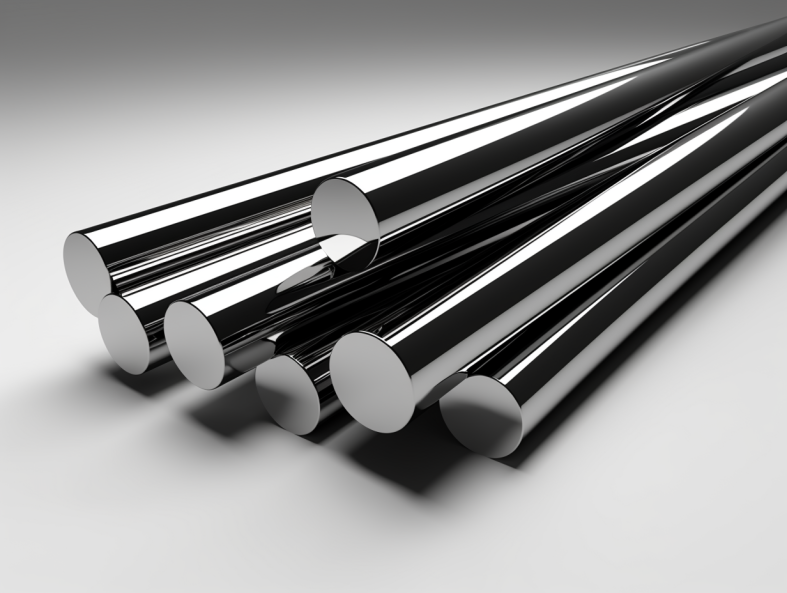
Analyse des matières premières et de la composition de la tige de carbure à trous de refroidissement droits
La solidité et la durabilité de ces cannes proviennent de la composition de leur matériau. Voyons cela de plus près.
- Carbure de tungstène (WC) : Forme la matrice de base, connue pour sa dureté et sa résistance à l'usure exceptionnelles.
- Cobalt (Co) : Agit comme un liant, apportant ténacité et élasticité.
- Additifs métalliques : Ils comprennent souvent du tantale (Ta), du titane (Ti) ou du niobium (Nb) pour améliorer les propriétés spécifiques.
- Taille des grains : Les poudres à grains fins (0,5-2 µm) sont utilisées pour augmenter la dureté et la résistance, tandis que les gros grains (>2 µm) ajoutent de la ténacité.
Répartition de la composition des tiges en carbure à trous de refroidissement droits
| Matériau | Fonction | Proportion typique (%) |
|---|---|---|
| Carbure de tungstène | Matériau de base pour la dureté | 70-90 |
| Cobalt | Liant pour la ténacité | 6-12 |
| Additifs métalliques | Améliorations des propriétés (par exemple, Ta, Ti) | 0-10 |
| Autres (par exemple, Ni) | Réglage fin du comportement mécanique | <1 |
Déroulement du processus de production Trous de refroidissement droits Tige en carbure
La création de tiges de carbure à trous de refroidissement droits implique une ingénierie de précision. Voici une présentation détaillée du processus de production :
- Préparation de la poudre : Des poudres de carbure de tungstène et de cobalt de haute pureté sont mélangées à des additifs et des liants.
- Pressage : Le mélange de poudres est pressé dans des poudriers cylindriques verts avec des trous droits créés à l'aide de moules à picots.
- Pré-frittage : Ces compacts verts sont pré-filtrés pour obtenir une résistance initiale.
- Frittage final : Les barres sont frittées dans un four à haute température, où le carbure de tungstène et le cobalt se lient chimiquement.
- Meulage et polissage : Les barres subissent un usinage précis afin d'obtenir une précision dimensionnelle et une finition de surface.
Représentation visuelle :
| Étape | Description du processus |
|---|---|
| Préparation de la poudre | Mélange de carbure de tungstène, de cobalt et d'additifs |
| Appuyer sur | Former la forme brute avec des trous |
| Pré-frittage | Renforcer les pactes verts |
| Frittage final | Chauffage pour coller les matériaux |
| Meulage et polissage | Atteindre la taille finale et la qualité de la surface |
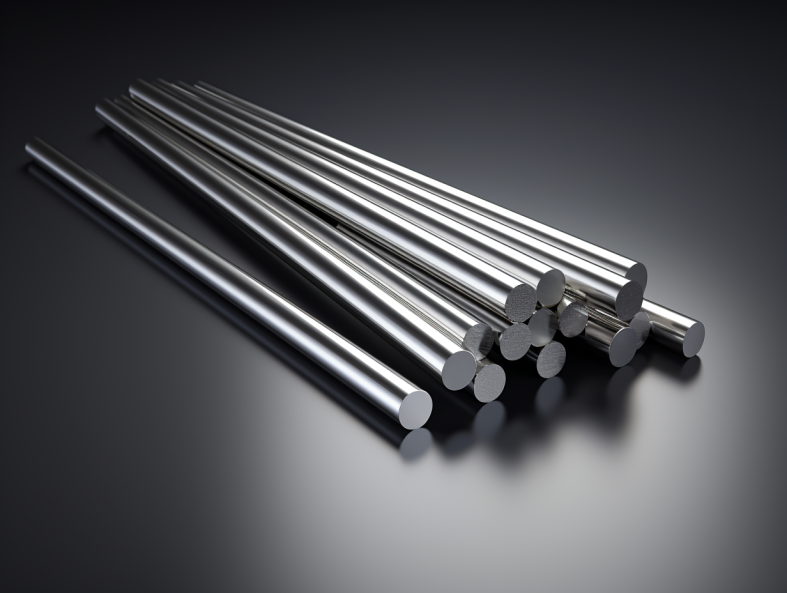
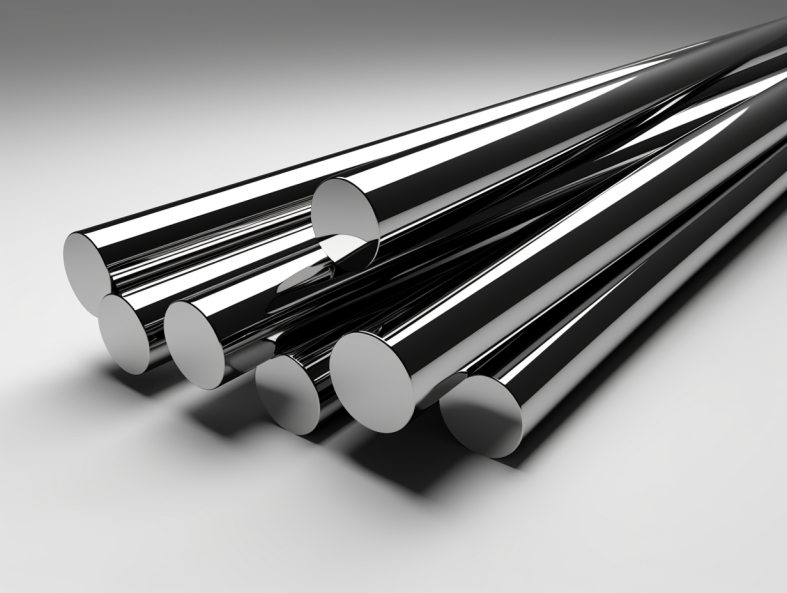
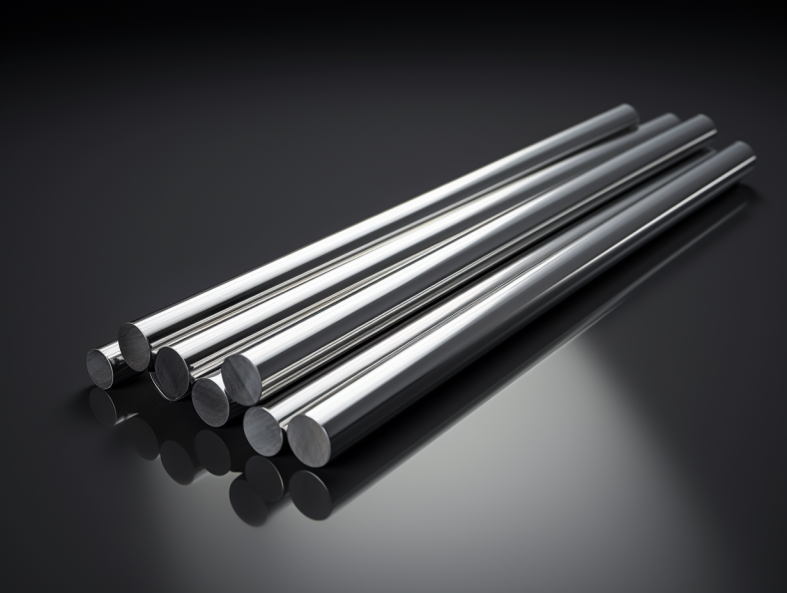

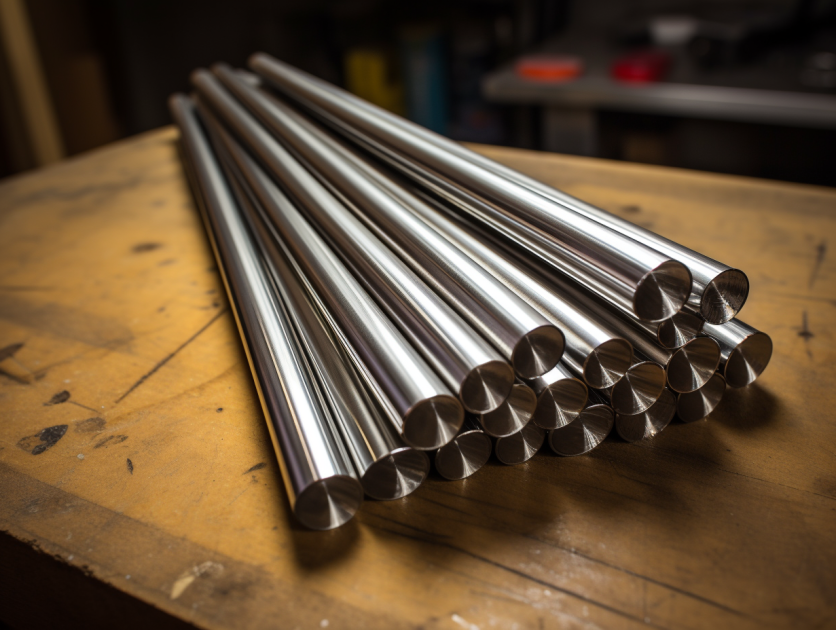
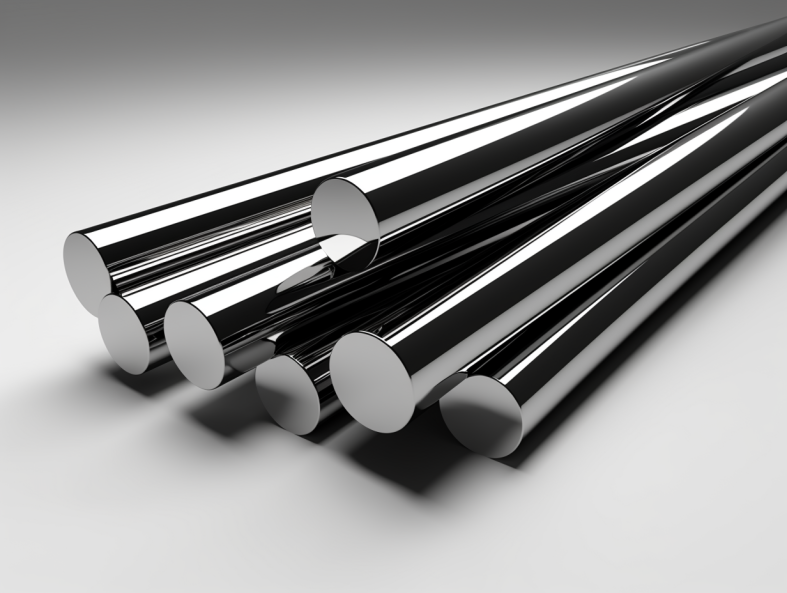
Applications de la tige en carbure à trous de refroidissement droits
Principales industries utilisant ces tiges
Les tiges droites en carbure à trous de refroidissement sont essentielles dans les industries exigeant précision et durabilité. Examinons leurs applications courantes :
| L'industrie | Application |
|---|---|
| Automobile | Perçage de blocs moteurs, de vilebrequins et de composants de précision |
| Aérospatiale | Coupe de superalliages résistants à la chaleur |
| Médical | Fabrication d'outils chirurgicaux et d'implants orthopédiques |
| Électronique | Usinage de petites pièces précises |
| Usinage général | Fraisage, perçage et découpe à grande vitesse et avec précision |
Pourquoi sont-ils privilégiés ?
- Refroidissement amélioré : L'écoulement direct du liquide de refroidissement réduit les dommages thermiques.
- Augmentation de la durée de vie des outils : Réduit l'usure.
- Haute précision : Maintient la précision dans les applications exigeantes.
Propriétés matérielles des Trous de refroidissement droits Tige en carbure
Analysons les propriétés qui rendent ces cannes indispensables.
| Propriété | Description |
|---|---|
| Dureté (HRA) | 89-93, garantissant la résistance à l'usure |
| Densité (g/cm³) | 14.0-14.5, indiquant la compacité du matériau |
| Résistance à la flexion (MPa) | 2800-4000, permettant une manipulation à forte contrainte |
| Conductivité thermique | Excellente, améliorant la dissipation de la chaleur |
| Résistance à la corrosion | Résistant à la plupart des attaques chimiques |
Comparaison des modèles de poudres métalliques
Vous trouverez ci-dessous quelques modèles spécifiques de poudre de carbure de tungstène utilisés dans les tiges de carbure de tungstène à trous de refroidissement droits :
| Modèle | Description |
|---|---|
| WC-10 | Taille de grain standard, adaptée à l'usinage général. |
| WC-20 | Grain fin, conçu pour les applications de perçage de haute précision. |
| WC-30 | Grain moyen, équilibre entre ténacité et résistance à l'usure. |
| WC-40 | Gros grain pour les applications lourdes avec une durée de vie prolongée de l'outil. |
| TaC-1 | Poudre enrichie en tantale pour une meilleure résistance à la chaleur. |
| TiC-2 | Additif de titane pour les applications résistantes à la corrosion. |
| NbC-3 | Carbure de niobium pour une meilleure résistance dans des conditions difficiles. |
| Mélange Ni-Co 1 | Mélange de nickel et de cobalt pour une meilleure flexibilité dans les environnements sujets aux chocs. |
| Ultra-Micron | Poudre ultra-fine pour des tâches d'usinage ultra-précises. |
| Eco-Carbure | Composition respectueuse de l'environnement avec une teneur réduite en cobalt. |
Spécifications, tailles, formes et normes
Aperçu des spécifications
| Paramètres | Gamme/Options |
|---|---|
| Diamètre | 3 mm à 30 mm |
| Longueur | 50 mm à 330 mm |
| Diamètre du trou de refroidissement | 0,5 mm à 5 mm |
| Tolérances | Jusqu'à ±0,01 mm |
| Normes | ISO, DIN, ANSI |
Choisir la bonne tige droite en carbure pour les trous de refroidissement
Voici comment choisir la canne à pêche idéale pour vos besoins :
Facteurs à prendre en compte
| Facteur | Description |
|---|---|
| Propriétés des matériaux | Adapter la dureté, la ténacité et la résistance à l'usure à l'application. |
| Taille du trou de refroidissement | Assurez-vous de la compatibilité avec votre système de refroidissement. |
| Exigences de tolérance | Vérifier les besoins en matière de précision dimensionnelle. |
| Prix et performances | Équilibrer le coût avec les avantages en termes de durabilité et de performance. |
Avantages et limites
| Avantages | Limites |
|---|---|
| Amélioration de la durée de vie de l'outil grâce à un refroidissement efficace. | Coût initial plus élevé que celui des tiges standard. |
| Amélioration des performances d'usinage à des vitesses plus élevées. | Une manipulation spéciale est nécessaire pendant la production. |
| Applications polyvalentes dans de nombreuses industries. | Peut nécessiter des systèmes de refroidissement spécifiques pour des performances optimales. |
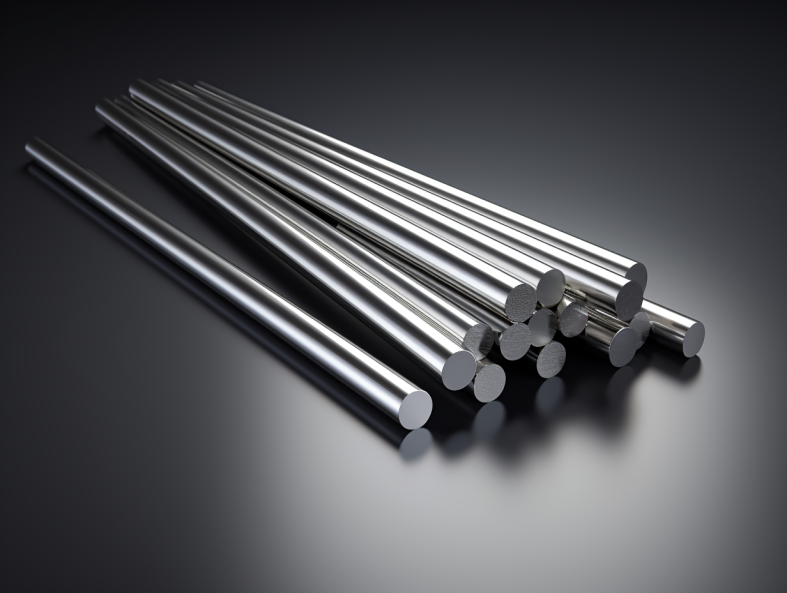
Fournisseurs et détails des prix
Fournisseurs principaux
| Fournisseur | Localisation | Fourchette de prix (USD) |
|---|---|---|
| Kennametal | Mondial | $30 - $150 par pièce |
| Sandvik | Suède | $40 - $200 par pièce |
| Ceratizit | Luxembourg | $50 - $180 par pièce |
| Zhuzhou Cemented | Chine | $20 - $100 par pièce |
| Sumitomo Electric | Japon | $35 - $160 par pièce |
FAQ
| Question | Réponse |
|---|---|
| À quoi servent les trous de refroidissement droits ? | Ils permettent au liquide de refroidissement d'atteindre l'arête de coupe, réduisant ainsi la chaleur et prolongeant la durée de vie de l'outil. |
| En quoi sont-elles meilleures que les barres pleines ? | Ils améliorent le refroidissement et sont plus efficaces dans l'usinage à grande vitesse. |
| Quels sont les secteurs qui les utilisent ? | Automobile, aérospatiale, médecine, électronique et usinage général. |
| Puis-je utiliser ces tiges sans liquide de refroidissement ? | Ce n'est pas recommandé, car ils sont conçus pour être utilisés avec un système de refroidissement. |




